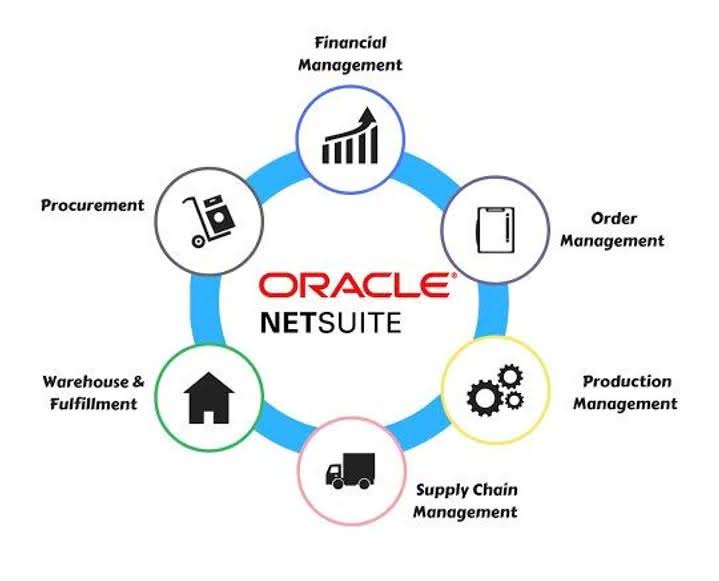2 4 Actual Vs. Applied Factory Overhead Managerial Accounting

This could be for many reasons, and the production supervisor would need to determine where the variable cost difference is occurring to make production changes. Finance Strategists has an advertising relationship with some of the companies included on this website. We may earn a commission when you click on a link or make a purchase through the links on our site.
What is Prime Factorization?
List the resulting prime factors as a sequence of multiples, 2 x 2 x 5 x 5 or as factors with exponents, 22 x 52. Start by testing each integer to see if and how often it divides 100 and the subsequent quotients evenly. The resulting set of factors will be prime since, for example, when 2 is exhausted all multiples of 2 are also exhausted. After reviewing the product cost and consulting with the marketing department, the sales prices were set.
Why does the high-low method work best with variable overhead?

The overhead rate has limitations when applying it to companies that have few overhead costs or when their costs are mostly tied to production. Also, it’s important to compare the overhead rate to companies within the same industry. A large company with a corporate office, a benefits department, and a human resources division will have a higher overhead rate than a company that’s far smaller and with fewer indirect costs. Of course, management also has to price the product to cover the direct costs involved in the production, including direct labor, electricity, and raw materials. A company that excels at monitoring and improving its overhead rate can improve its bottom line or profitability. That amount is added to the cost of the job, and the amount in the manufacturing overhead account is reduced by the same amount.
Prime Factorization by Trial Division
The computation of the overhead cost per unit for all of the products is shown in Figure 6.4. So, if you wanted to determine the indirect costs for a week, you would total up your weekly indirect or overhead costs. You would then take the measurement of what goes into production for the same period. So, if you were to measure the total direct labor cost for the week, the denominator would be the total weekly cost of direct labor for production that week. Finally, you would divide the indirect costs by the allocation measure to achieve how much in overhead costs for every dollar spent on direct labor for the week.
- Management analyzes the costs and selects the activity as the estimated activity base because it drives the overhead costs of the unit.
- Note that at different levels of production, total fixed costs are the same, so the standard fixed cost per unit will change for each production level.
- This team of experts helps Finance Strategists maintain the highest level of accuracy and professionalism possible.
- A predetermined overhead rate, also known as a plant-wide overhead rate, is a calculation used to determine how much of the total manufacturing overhead cost will be attributed to each unit of product manufactured.
- Its production department comes up with the details of how much the overheads will be and what other costs will be incurred.
- As explained previously, the overhead is allocated to the individual jobs at the predetermined overhead rate of $2.50 per direct labor dollar when the jobs are complete.
- Our work has been directly cited by organizations including Entrepreneur, Business Insider, Investopedia, Forbes, CNBC, and many others.

Sometimes these flexible budget figures and overhead rates differ from the actual results, which produces a variance. The movie industry uses job order costing, and studios need to allocate overhead to each movie. Their amount of allocated overhead is not publicly known because while publications share how much money a movie has produced in ticket sales, it is rare that the actual expenses are released to the public. Unexpected expenses can be a result of a big difference between actual and estimated overheads.
Create a Free Account and Ask Any Financial Question
- With $2.00 of overhead per direct hour, the Solo product is estimated to have $700,000 of overhead applied.
- With 150,000 units, the direct material cost is $525,000; the direct labor cost is $1,500,000; and the manufacturing overhead applied is $750,000 for a total Cost of Goods Sold of $2,775,000.
- The overhead used in the allocation is an estimate due to the timing considerations already discussed.
- Below, you’ll find all the answers, as well as concise information about how to find prime factorization and what a factor tree is.
The predetermined overhead rate is set at the beginning of the year and is calculated as the estimated (budgeted) overhead costs for the year divided by the estimated (budgeted) level of activity for the year. This activity base is often direct labor hours, direct labor costs, or machine hours. Once a company determines the overhead rate, it determines the overhead rate per unit and adds the overhead per unit cost to the direct material and direct labor costs for the product to find the total cost. A predetermined overhead rate is calculated at the start of the accounting period by dividing the estimated manufacturing overhead by the estimated activity base. The predetermined overhead rate is then applied to production to facilitate determining a standard cost for a product.
Calculating Manufacturing Overhead Cost for an Individual Job
Someone on our team will connect you with a financial professional in our network holding the correct designation and expertise. Our mission is to empower readers with the most factual and reliable financial information possible to help them make informed decisions for their individual needs. Our writing and editorial staff are a team of experts holding advanced financial designations and have written for most major financial media publications. which of the following is the formula to compute the predetermined factory overhead rate? Our work has been directly cited by organizations including Entrepreneur, Business Insider, Investopedia, Forbes, CNBC, and many others. Our goal is to deliver the most understandable and comprehensive explanations of financial topics using simple writing complemented by helpful graphics and animation videos. This team of experts helps Finance Strategists maintain the highest level of accuracy and professionalism possible.












 Register And Get Welcome Bonus Now – 797
Register And Get Welcome Bonus Now – 797